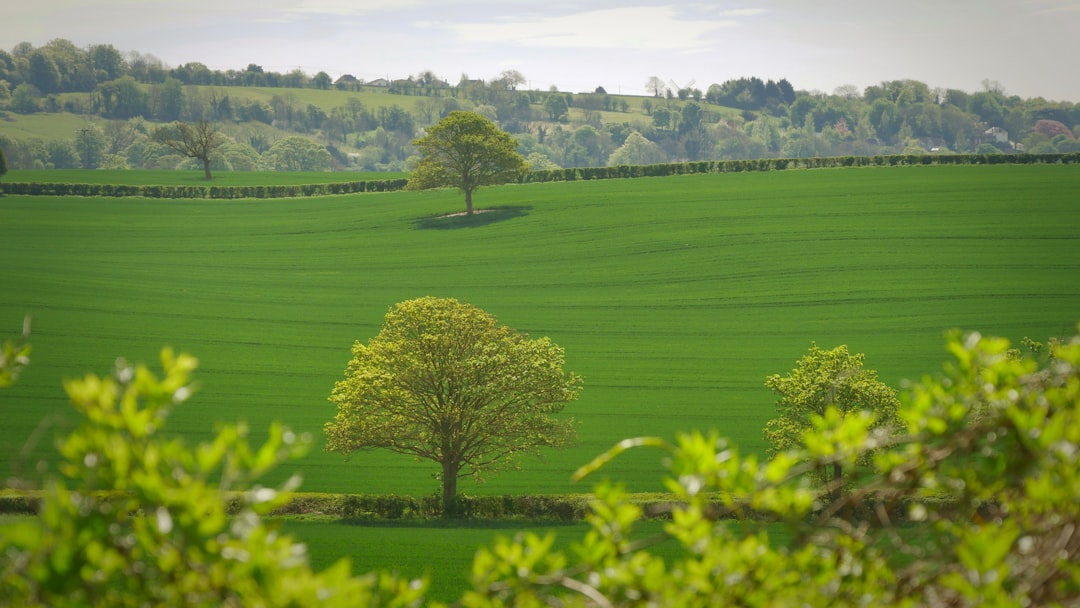Agroforestry is a sustainable land management practice that combines agriculture and forestry to create multifunctional landscapes. By integrating trees with crops and livestock, agroforestry systems deliver a range of ecological, economic, and social benefits that enhance both productivity and environmental resilience.
What Is Agroforestry?
Agroforestry involves the deliberate incorporation of trees into agricultural lands. Unlike traditional monoculture systems, these integrated practices leverage the natural benefits of trees, such as improved soil health, enhanced biodiversity, and microclimate regulation, to support crop and livestock production.
Key Components of Agroforestry
-
Trees and Shrubs: Provide shade, windbreaks, and habitat for beneficial organisms.
-
Crops: Benefit from improved soil moisture and nutrient cycling.
-
Livestock: Can graze among trees, helping manage vegetation and fertilizing the soil naturally.
Ecological Benefits
Improved Soil Health
Trees contribute organic matter through leaf litter and root turnover, enriching the soil with nutrients and enhancing its structure. This leads to better water retention, reduced erosion, and increased fertility—critical factors for sustainable agriculture.
Enhanced Biodiversity
Agroforestry systems create diverse habitats that support a wide array of species, from soil microbes to pollinators and birds. This biodiversity helps maintain ecological balance and can contribute to pest control, reducing the need for chemical inputs.
Climate Resilience
Trees play a significant role in sequestering carbon dioxide, mitigating climate change. Additionally, the shade provided by trees can protect crops from extreme heat, while windbreaks reduce crop damage and soil erosion during storms.
Economic Advantages
Diversified Income Streams
Farmers can benefit economically from agroforestry by producing multiple products from a single piece of land. This might include timber, fruit, nuts, medicinal plants, and even honey. Such diversification can reduce the risk associated with relying on a single crop and open up new market opportunities.
Reduced Input Costs
The natural processes fostered by trees, such as pest regulation and nutrient cycling, can lower the need for synthetic fertilizers and pesticides. Over time, this reduces input costs and contributes to a more sustainable, cost-effective farming system.
Social and Cultural Impact
Community Engagement
Agroforestry practices often involve traditional knowledge and local expertise. By engaging communities in the planning and implementation of these systems, agroforestry promotes a sense of ownership and stewardship over the land.
Food Security and Nutrition
Diverse agroforestry systems not only yield a variety of agricultural products but also contribute to improved nutritional outcomes. The integration of fruit and nut trees, for example, provides additional sources of vitamins and minerals for local populations.
Practical Approaches to Agroforestry
Alley Cropping
This technique involves planting rows of trees or shrubs alongside rows of crops. The trees act as windbreaks, reduce evaporation, and contribute organic matter, while the crops benefit from the improved microclimate and soil conditions.
Silvopasture
Silvopasture integrates trees with pastureland for livestock. The trees provide shade and shelter, improving animal welfare, while the pasture benefits from the nutrient inputs provided by tree litter and animal manure.
Forest Farming
In forest farming, high-value specialty crops like mushrooms, medicinal herbs, or truffles are cultivated under a managed forest canopy. This method makes efficient use of the forest environment while diversifying farm income.
Challenges and Future Directions
While agroforestry offers numerous benefits, it also presents challenges, such as the need for adequate planning, management, and initial investment. However, ongoing research, technological advances, and supportive policies are paving the way for wider adoption. Future efforts should focus on:
-
Improving Extension Services: Providing farmers with technical support and training to implement and manage agroforestry systems.
-
Enhancing Market Access: Developing value chains for agroforestry products to ensure that farmers receive fair prices.
-
Policy Support: Encouraging government policies and incentives that promote sustainable land management practices.
Conclusion
Agroforestry represents a forward-thinking approach to sustainable agriculture. By integrating trees into farming landscapes, we can create systems that are not only more productive but also more resilient to environmental challenges. This holistic practice benefits the land, the farmer, and the broader community—ensuring that our agricultural systems can thrive in harmony with nature. Embracing agroforestry is a vital step toward a sustainable future where ecological health and economic prosperity go hand in hand.

Comments
No comments yet. Be the first to comment!
You must be logged in to comment. Login